
Published: 7 May 2020
With holiday and leisure plans on hold for the foreseeable future, it’s little wonder that Google saw a 100% spike in searches for virtual cultural experiences in the month of March with visitors looking to connect and engage with cultural sites from home.
But what makes a virtual tour stand out, and what can you do to get more engagement from digital audiences?
We’ve taken a look at some of the best digital tours in the market, from Buckingham Palace and St Paul’s Cathedral to emerging favourites such as the Painted Hall at the Old Royal Naval College (included in Britain’s Best 360 Tours). There are many lessons to be learned from these examples and in this article, we will set out some best–practice tips.
The Painted Hall, Greenwich
When we think of virtual tours, we normally think of a traditional 360° tour experience like the Buckingham Palace tour that was created in 2016. However, today’s more digitally sophisticated audiences desire more interaction and the Painted Hall at Old Royal Naval College is the perfect example.
The Painted Hall 360° Virtual Tour’s stunning ultra-high definition gigapan images are what stand out the most, delivering a high-quality look and feel – users can explore and zoom in on brushstrokes and tiny details of the magnificent ceiling. The virtual tour also includes 3D audio soundscapes, interactive hot spots, text transcripts and a British Sign Language version. Users can roam the Painted Hall freely or activate an automatic highlights tour. Read more about the project here.
Here are some of our top tips for creating the perfect virtual tour
Navigation in the Vestibule
A closer look at the ceiling
BSL version of the virtual tour
Reflecting on their experience of creating a virtual tour, Claire Kirk of the Old Royal Naval College is delighted with their tour of the famous Painted Hall:
“We are thrilled that, for the first time, people can get up close to this magnificent Baroque interior from the comfort of their own homes and from all over the world. Zooming in our Painted Hall ceiling in ultra-high-resolution reveals details you can’t see from the ground – fire breathing serpents, glistening jewels and bubble blowing cherubs. With this new tool everyone can appreciate not only the mastery of Thornhill’s brushwork but also the incredible quality of the conservation works recently carried out. It’s like a scaffolding tour but with your feet firmly on the ground!”
If you would like to learn more about creating a virtual tour, get in touch with us to discuss your options on how best to present your offering to potential future audiences.